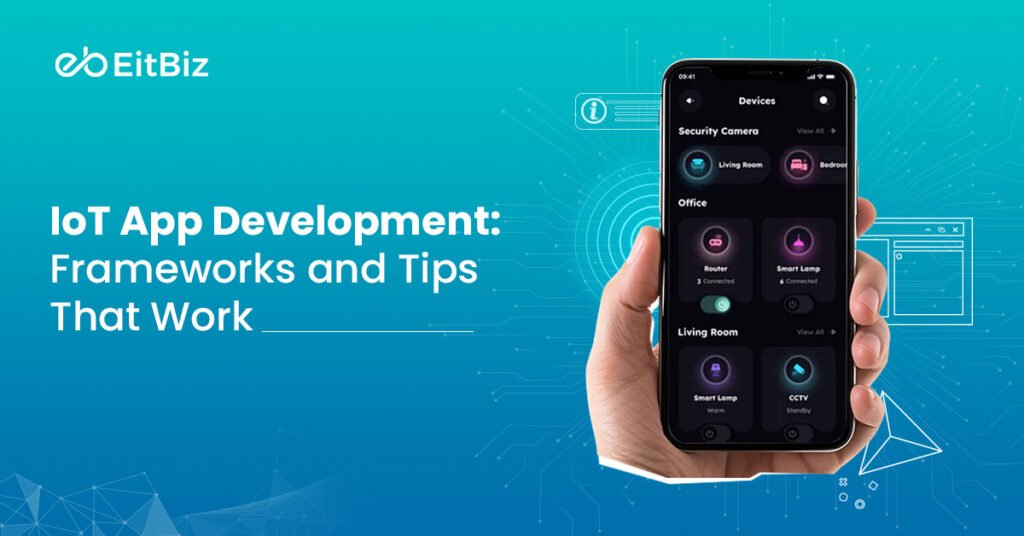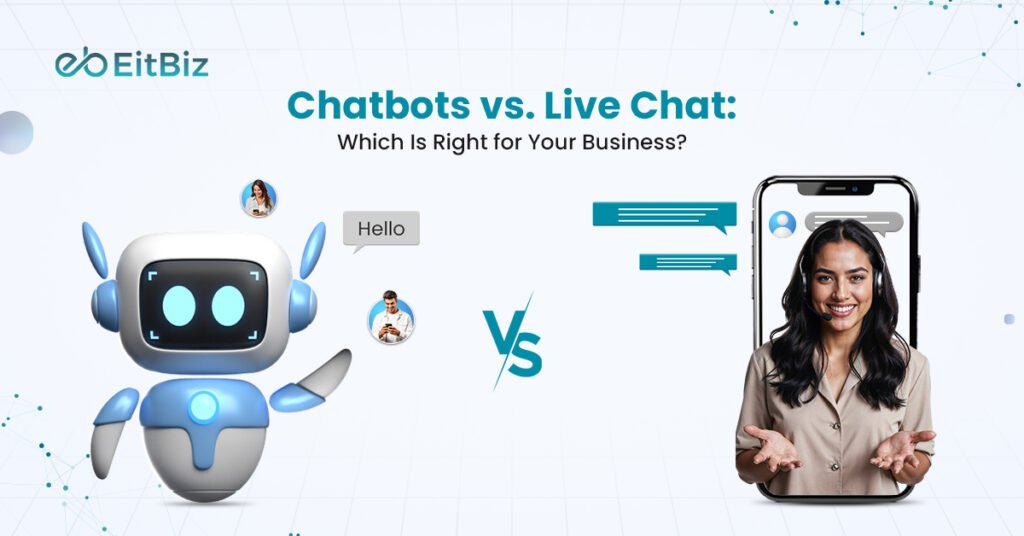Running out of hard cash in your pocket isn’t a sign of tough times anymore! Well, thanks to today’s mushrooming tech-driven landscape- Now, dependency on cash has now been shifted to a contactless money transfer apps!
The craze of money transfer apps is skyrocketing!
Since new players like Google Pay, Xoom, PayPal, and Western Union started dominating the market, businesses are aggressively making their way to adopt one such solution to help customers and grow their business (Obviously!)
The reason?
Well, the value of contactless payment transactions is expected to reach more than $10 trillion by the next 3-4 years.
Though building an app is a great idea, it’s imperative to know the estimated cost to avoid running into mistakes!
But besides costs, there’s more to the story!
In this post, we’ll discuss;
- What is a Money Transfer App?
- Key Statistics & Trends to Know About Money Transfer Apps
- Types of Money Transfer Apps
- How to build a Money Transfer App?
- What is the Cost of Developing a Money Transfer App?
Let’s dive in!
Understanding Money Transfer Apps
As we all know, a money transfer app is a dedicated mobile app that enables users to send and receive money in just a few clicks. Generally, all these apps include an interface wherein the user enters the amount (to send or receive), selects the withdrawal account, chooses the destination account and confirms the details of the complete transaction.
Digital money transfer apps provide users with instant transfers, recipient verification, and transaction history tracking features. These apps also support various currencies and offer a convenient alternative to traditional cash, checks, or physical transfers. With the widespread adoption of smartphones and the internet, these apps have become increasingly popular, particularly for international remittances, peer-to-peer payments, and online purchases. They eliminate the need for physical visits to banks or money transfer agencies, making transactions faster and more accessible.
The market for money transfer apps is expected to grow significantly.
Here’s how!
Important Facts & Statistics Related to Money Transfer Apps
Let’s take a look at the promising facts related to money transfer apps;
- The money transfer app market is expected to show an annual growth rate of CAGR of 14.66% in 2023-2027
- The market is expected to grow to a total amount of US$3,528bn by the next 3-4 years.
- A money transfer app, Google Pay, has grown significantly with more than 150 million users in 40 countries.
Sounds interesting, doesn’t it?
But here’s the catch!
Since the market is flooded with numerous types of transfer apps, how can you design that suits your business needs?
Let’s find out!
Different Types of Money Transfer Apps
Multiple money transfer apps come with their own set of target audiences, features, speed, and functionalities. Here are the types of money transfer apps.
Peer to Peer-to-peer payment Apps
One of the common types of transfer apps, P2P enables users to pay money directly from their mobile devices to their friends or family. Some of the popular examples of P2P apps include Venmo, PayPal, Zelle, and more.
Traditional Bank Apps
Another common yet popular form of transfer app is a traditional apps that allow customers to transfer funds between their accounts or to the accounts of financial institutions.
Mobile Wallets
Whether you want to send or receive money, the use of mobile apps is gaining traction among the majority of smartphone users. These kinds of transfer apps are infused with functionality like online purchasing, reward programs, and in-store payments. Some common examples of mobile wallets may include Google Pay, Apple Pay, Samsung Pay, and more.
Cryptocurrency Wallets & Exchanges
One of the biggest benefits of these kinds of apps is that they can store, trade, and transfer digital currencies such as Litecoin, Bitcoin, Ethereum, and more. Backed by wallet functionality, these apps offer peer-to-peer transfers.
Mobile Banking Apps
These kinds of apps are generally offered by recognized financial institutions like banks. Customers, these days, make use of these apps for multiple tasks, including money transfers, bill payments, account management, and more. Some of the common examples of the apps may include Ally Bank, Chime, and Revolut.
Now you have understood the types of money transfer apps, and you even have made the decision, right?
It’s time to understand the steps to build your dream app!
How to Build a Money Transfer App for Your Business?

Planning to build a transfer app for your business? If so, then your search ends here! This section will give you an outline of the steps to develop a dedicated app fuelled with the latest tech stack and performance-driven capability. Here are the steps below;
1. Define Your Requirements
When building a money transfer app or website, start by defining desired features and functionalities. It may include;
- User Registration
- Integration with payment gateways
- Security Measures
- Transaction history
2. Research and Find Developers
If you’re looking to start a money transfer business, it’s important to find experienced developers or development teams that specialize in building financial or payment-related apps and websites. To make the right choice, consider their expertise, portfolio, client reviews, and overall reputation.
3. Choose the Development Platform
Decide whether you would like to create a money transfer application or a web-based solution. If you opt for a mobile app, you can select between iOS (Apple) and Android (Google) platforms. For web development, take into account the technologies and frameworks that are suitable for your needs.
4. Design the User Interface (UI) And User Experience (UX)
In the next step, you will need to work closely with the programmers to develop a user-friendly and easy-to-use interface. Take into account the visual design, overall user experience, and flow of the app or website. Make sure the design provides a smooth money transfer experience and is in line with your brand identity.
5. Focus on the Back-End Infrastructure
It is the major step that generally focuses on a multitude of aspects, including developing the server-side infrastructure and database, integrating payment gateways, setting up encryption protocols, and ensuring compliance with relevant financial regulations.
7. Build the Frontend
Developers will create the frontend components of the app or website based on the agreed design. This includes coding the user interface, implementing features, and ensuring responsiveness across different devices.
8. Test & Debug
Whether it’s a small app or a big feature-rich app, you cannot overlook the importance of testing. Before the app deployment, complete testing should be done at the hands of professionals to find and eliminate potential bugs and errors.
9. Launch & Deploy
When you are confident that your money transfer application has been thoroughly tested and you are satisfied with the results, it is time to launch it. This involves making the application available on relevant app stores such as the Apple App Store and Google Play Store, or making your website live on a reliable hosting platform.
What is the Cost of Developing a Money Transfer Apps?
There is no denying the fact that the cost of building an app for your business may vary a lot. Some of the crucial aspects like choosing the development platform, the complexity involved, no. of features, design needs, deployment time, and more are required to build an app.
To give you a fair idea, let’s discuss a quick overview of the costs associated.
| Parameters | Cost |
| Simple App/Website (Basic Features) | $8,000 – $20,000 |
| Medium-Complexity App/Website (Advanced Features) | $18,000 – $30,000 |
| Complex App/Website (Extensive Features) | $20,000+ |
| Native App Development (iOS or Android) | $18,000 – $25000+ per platform |
| Cross-Platform App Development (iOS and Android) | $20,000 – $25,000+ per platform |
| Web App Development | $10,000 – $18,000+ |
| Design and User Interface (UI/UX) | $3,000 – $6,000+ |
| Backend Development and API Integration | $1000 – $5,000+ |
| Testing and Quality Assurance | $2,000 – $5,000+ |
| Maintenance and Updates | 10% – 20% of the development cost |
Final Thoughts
So, there you have it! It is no secret that the market is flooded with abundant money transfer apps. If you want to stay ahead of your competitors, finding a reliable app development partner is incredibly important to spruce up your digital game.
It can easily understand the demands and needs of your users and provide them with the best services available in the market.
Planning to build an app without breaking your budget? If so, you’ve reached the correct destination!
EitBiz is a leading mobile app development company that crafts stunning, feature-rich, and scalable money transfer apps across different platforms, leaving no stone unturned. We efficiently leverage the right tech stack and proven methodologies to build fintech apps that not only attract your target audience with their stunning UI but also make them your potential customers.
Planning to build an app? If so, call us at +1 812 530 6300 or send us your project requirements to info@eitbiz.com to bring your app idea to reality.





